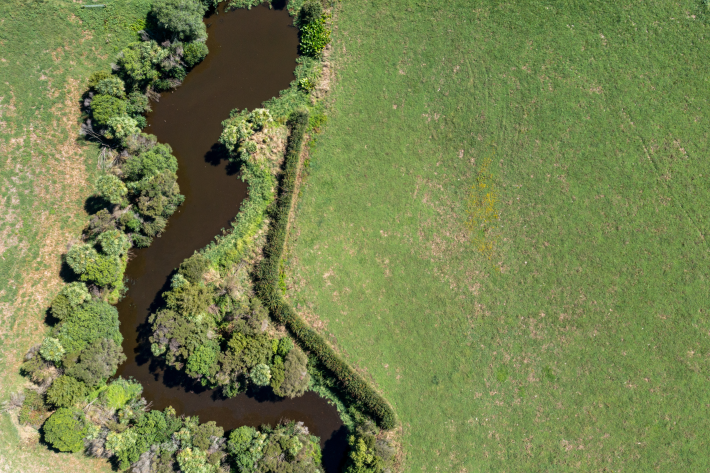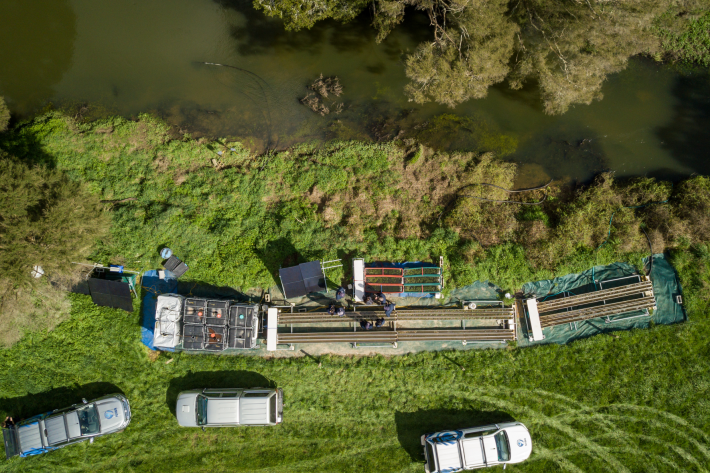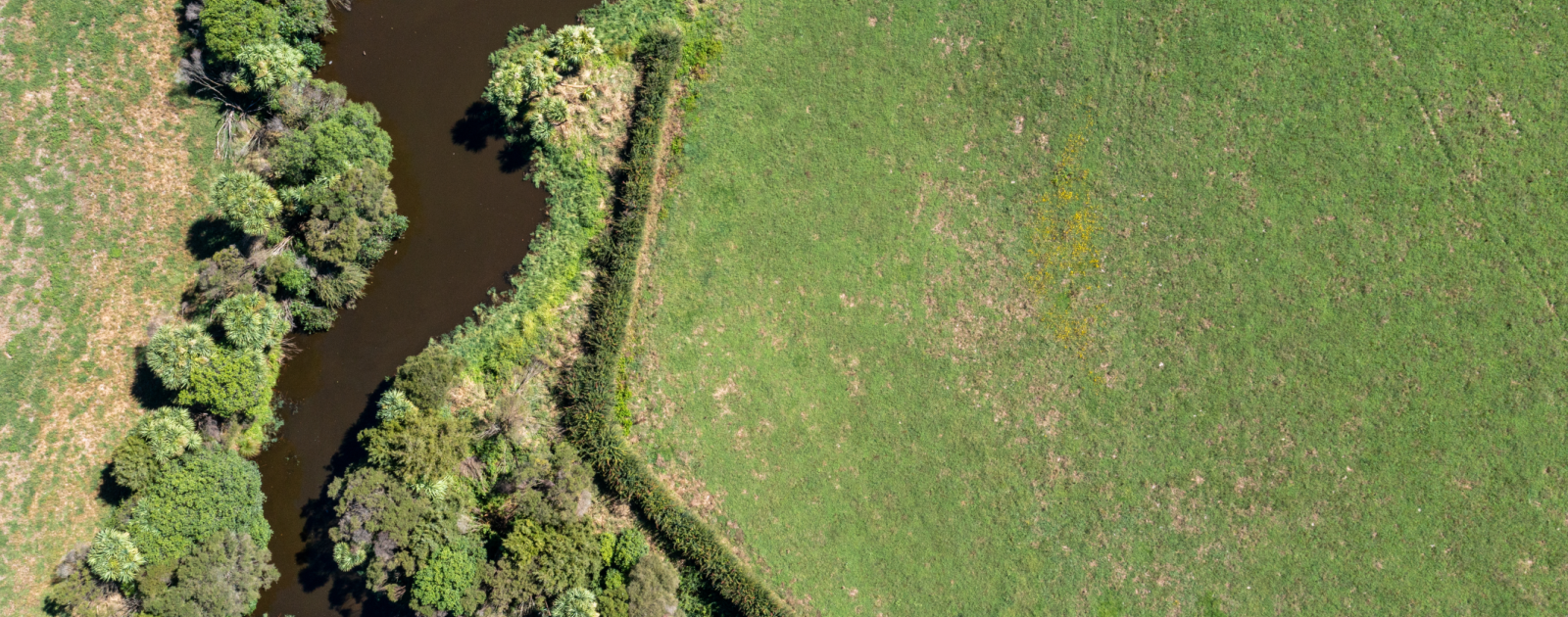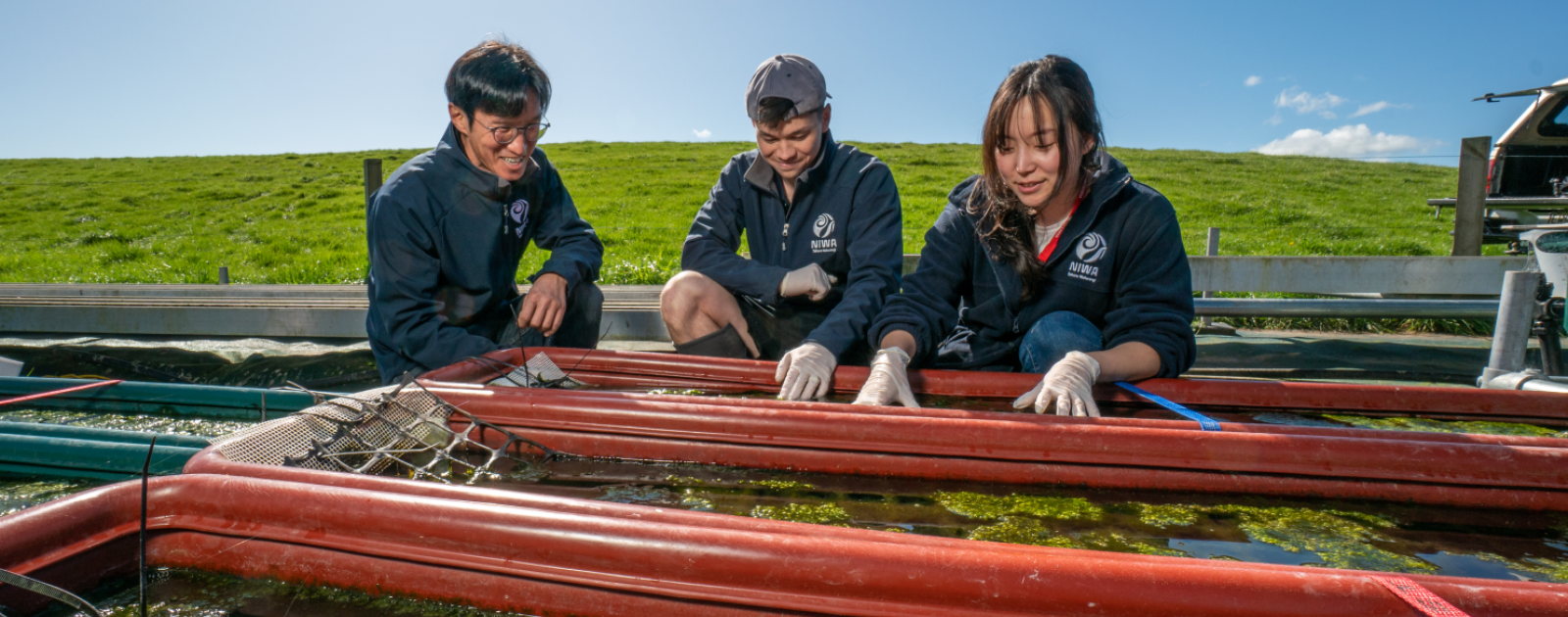Scientists in NIWA’s Mitigation Systems Programme are leading the development, testing, design and modelling of effective mitigation systems, and assisting with their implementation and ongoing performance assessment.
Nutrients, sediment, and microbial contaminants are mobilised from urban and agricultural landscapes and enter streams, rivers, lakes and estuaries. These contaminants can degrade water quality, ecological health, and cultural values.
Science solutions
NIWA’s research on Mitigation Systems aims to provide effective tools to enable government agencies and landowners to manage contaminant losses.
Our work includes research on the performance and economic costs of various mitigation systems including riparian buffers, constructed wetlands, detainment bunds, woodchip bioreactors and filamentous algae nutrient scrubbers (FANS).
Understanding mitigation systems
Acknowledgements
Mitigation systems research generally has been funded by MBIE via research programmes, via Strategic Science Investment Funding (NIWA), and from fee-for-service work done by NIWA for DairyNZ, Overseer Limited, MPI and various regional councils.
-
-

Riparian buffers
Reducing the flow of nutrients, suspended solids and faecal microbes into waterways by fencing and planting waterways -

Filamentous algae nutrient scrubbers
A NIWA-developed novel mitigation system to remove nutrients from stream waters in agricultural areas





